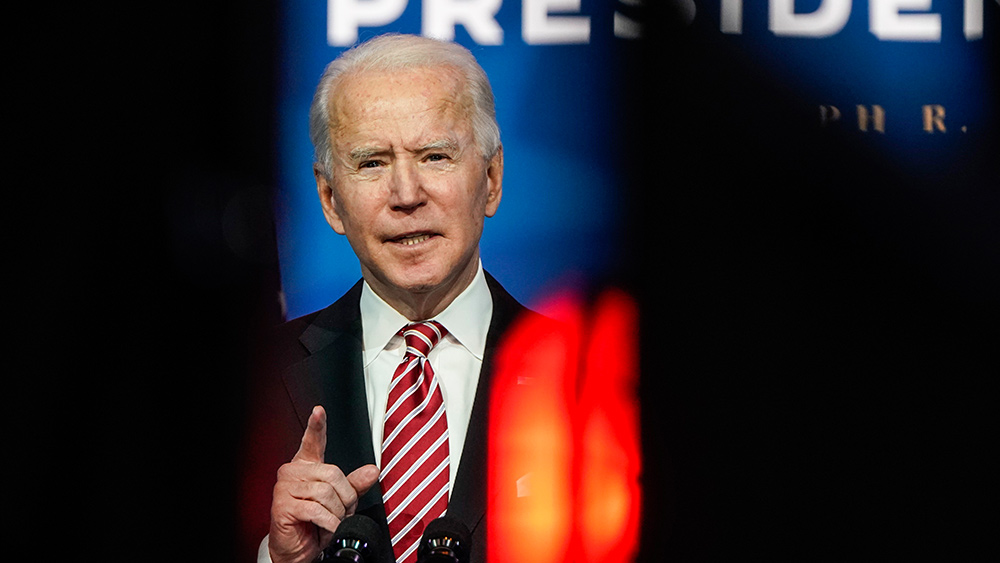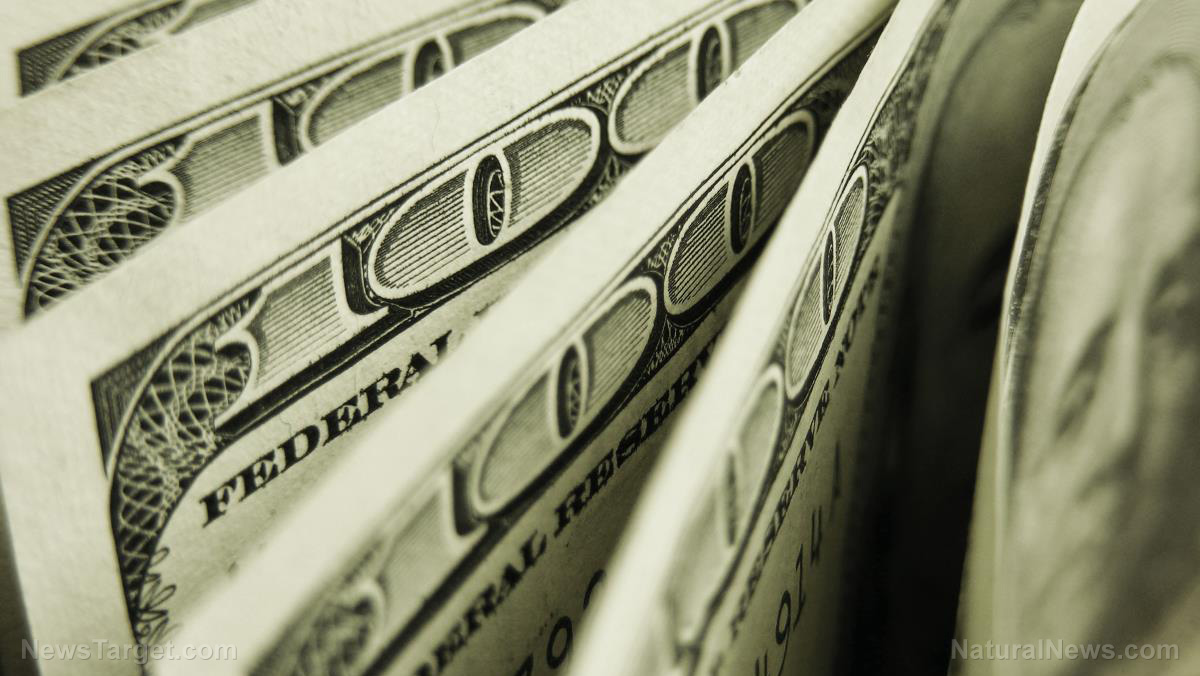BLOWOUT: Coronavirus relief spending will cause federal debt to increase to 104 percent of GDP by next year
09/23/2020 / By Franz Walker

The ongoing Wuhan coronavirus (COVID-19) pandemic, including federal relief efforts to blunt its impact on the economy, will cloud the U.S.’s long-term fiscal outlook for decades to come. This analysis comes from the Congressional Budget Office (CBO), which released new forecasts Monday, showing that federal debt will likely surge to 104 percent in 2021 and be nearly twice America’s economic output in 2050.
According to the CBO’s long-term budget outlook, by the end of 2020, the federal debt held by the public will amount to 98 percent of the country’s gross domestic product (GDP), up from 79 percent in 2019. As federal spending continues to increase, the debt is expected to reach 104 percent of the GDP by 2021. By 2023, it is projected to exceed the record 106.1 percent debt-to-GDP level set at the end of World War II.
Furthermore, the CBO projects that federal debt will increase to 195 percent of GDP by 2050.
Current fiscal path is unsustainable
In a statement, CBO Director Phillip Swagel warned that the country’s long-term fiscal path is unsustainable and that it puts long-term confidence in the dollar at risk.
“There is no set tipping point at which a fiscal crisis becomes likely or imminent, nor is there an identifiable point at which interest costs as a percentage of GDP become unsustainable,” Swagel said. “But as the debt grows, the risks become greater.”
In particular, Swagel warned that the rising federal debt makes the U.S. economy more vulnerable to rising interest rates and inflation, depending on how that debt is financed. In addition, the growing debt burden also raises borrowing costs. This slows the growth of the economy and national income, increasing the risk of a fiscal crisis or a gradual decline in Treasury security values.
The CBO report indicates that, even after the impact of the pandemic fades, deficits in the coming decades will still likely be large by historical standards.
“In CBO’s projections, deficits increase from 5 percent of gross domestic product (GDP) in 2030 to 13 percent by 2050—larger in every year than the average deficit of 3 percent of GDP over the past 50 years,” stated the agency in its report.
In a previous report earlier this month, the CBO reported that short-term deficit levels would reach historic highs, driven by the federal relief efforts to counteract the economic impact of COVID-19. The agency reported that the federal deficit for the current fiscal year will be $3.3 trillion, this is more than triple the shortfall recorded in the previous fiscal year. (Related: Ken Buck: Americans are ‘victims’ of Nancy Pelosi’s coronavirus aid’ extortion.’)
U.S. will need to cut spending and increase revenue, but deficit and debt-to-GDP ratio will fall
To restore the nation’s debt to pre-coronavirus levels, the CBO says that the U.S. will need spending cuts and revenue increases totaling around $900 billion annually for 25 years.
Based on its projections, the agency found that if the U.S. takes fiscal action starting in 2025, it would require huge changes to spending and taxation to stabilize the nation’s debt at the pre-coronavirus level of 79 percent of GDP.
According to the CBO report, doing so would increase the resources available for private investment in capital goods and services. Lower deficits and debt, on the other hand, would eventually reduce prices and interest rates. This would then increase the resources available for private investment, household consumption and exports according to the CBO.
“If policymakers decided to reduce the deficit sooner rather than later, the benefits would include a smaller accumulated debt, smaller policy changes required to achieve long-term outcomes, and less uncertainty about the expected changes,” the CBO said in its statement.
Even before the CBO report was released, the White House has already stated that it expects that, by early next year, both the deficit and debt to-to-GDP ratio will drop as the economy recovers.
According to Joe LaVorgna, chief economist at the National Economic Council, the debt-to-GDP ratio will fall as the economy recovers.
“In terms of the overall debt-to-GDP, that’s risen because deficits have risen,” LaVorgna said. “If the economy continues to recover – and again, a large portion of this deterioration in the deficit is the result of this pandemic contraction, so as we move away from that and return to normalcy and the economy by early next year recovers possibly – or I should say maybe likely – all of the pandemic related contraction, those deficits are not going to look anywhere near the size they are, and as that happens, your debt-to-GDP also won’t look as bad.”
Follow GovernmentDebt.news for more on how much debt the federal government has incurred from relief efforts to save the economy from the coronavirus.
Sources include:
Tagged Under: Collapse, coronavirus, covid-19, debt, deficit, economy, federal debt, fiat currency, finance, GDP, money, Money Printing, national debt, pandemic, risk, superbug, Treasury, virus
Get independent news alerts on natural cures, food lab tests, cannabis medicine, science, robotics, drones, privacy and more from NewsTarget.com
Get independent news alerts on natural cures, food lab tests, cannabis medicine, science, robotics, drones, privacy and more from NewsTarget.com
RECENT NEWS & ARTICLES
COPYRIGHT © 2017 DEBT COLLAPSE NEWS




















